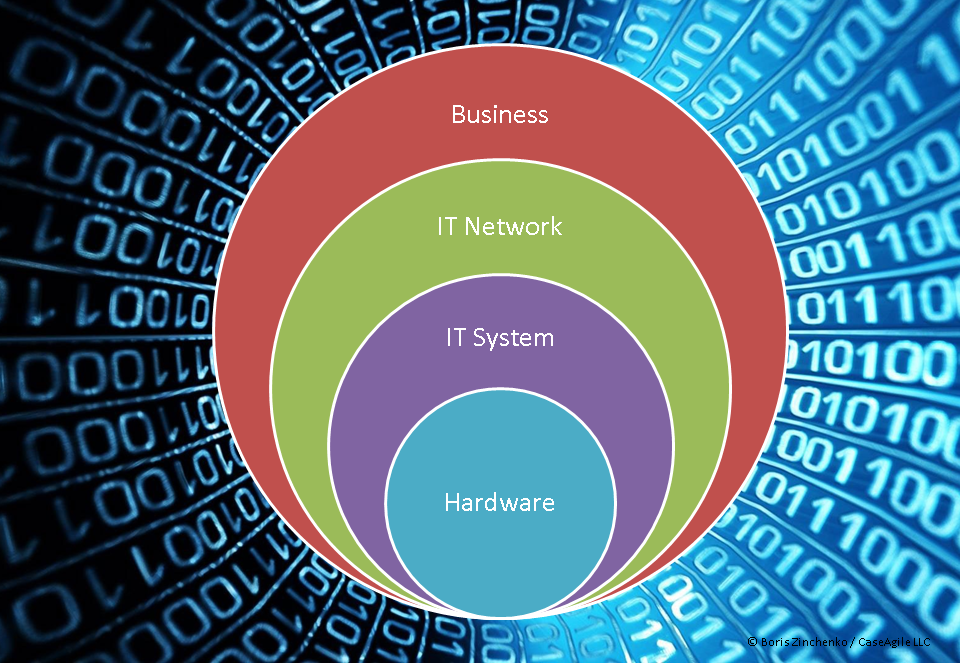BPM solutions are commonly associated with low-code / no-code approach in IT management. But what exactly means the word “code” in this widely spread acronym? Programming code used by software engineers is just a technical language utilized to express business logic in a form understandable for IT systems. It is more relevant to speak not about a single language but about a large family of languages with different levels of abstraction or detalization.
As any language, technical language is expected to be clear and laconic in its target domain to allow technical experts write their software logic in a clear and concise way. Is programming language low-code solution for a programmer? It definitely is because it allows writing complex system logic using minimal amount of code. Is the same language low-code solution for a manager? Definitely not because manager looks at the same IT system from the different, higher level.
Therefore, the notion of low-code is not universal but entirely depends from the audience. Low-code solution is such solution, which delivers minimally necessary and sufficient level of details to specific problem. It also explains objective abundance of programming languages. One best language for all situations does not exist because every language best satisfies low-code requirements only for its target domain.
High code systems appear when low level technical code penetrates and impacts higher level business logic. It happens for various reasons but in most cases it is associated with poor decisions on enterprise architecture or inefficient IT management.
BPM as such does not have any relation to amount of code behind business systems. Rather, BPM approach allows to harmonize enterprise architecture in such a way that business processes on each level optimally exist and run in their respective low code environments. Importantly, the nature of this low-code niche is entirely different for each process. However, put together, all these dedicated low-code environments assure drastic decrease of the total code in the enterprise ecosystem by delivery of relevant level of abstraction for each business task.
BPM implies a union of optimal low-code solutions to ensure simple, transparent and manageable enterprise architecture.


Leave A Comment